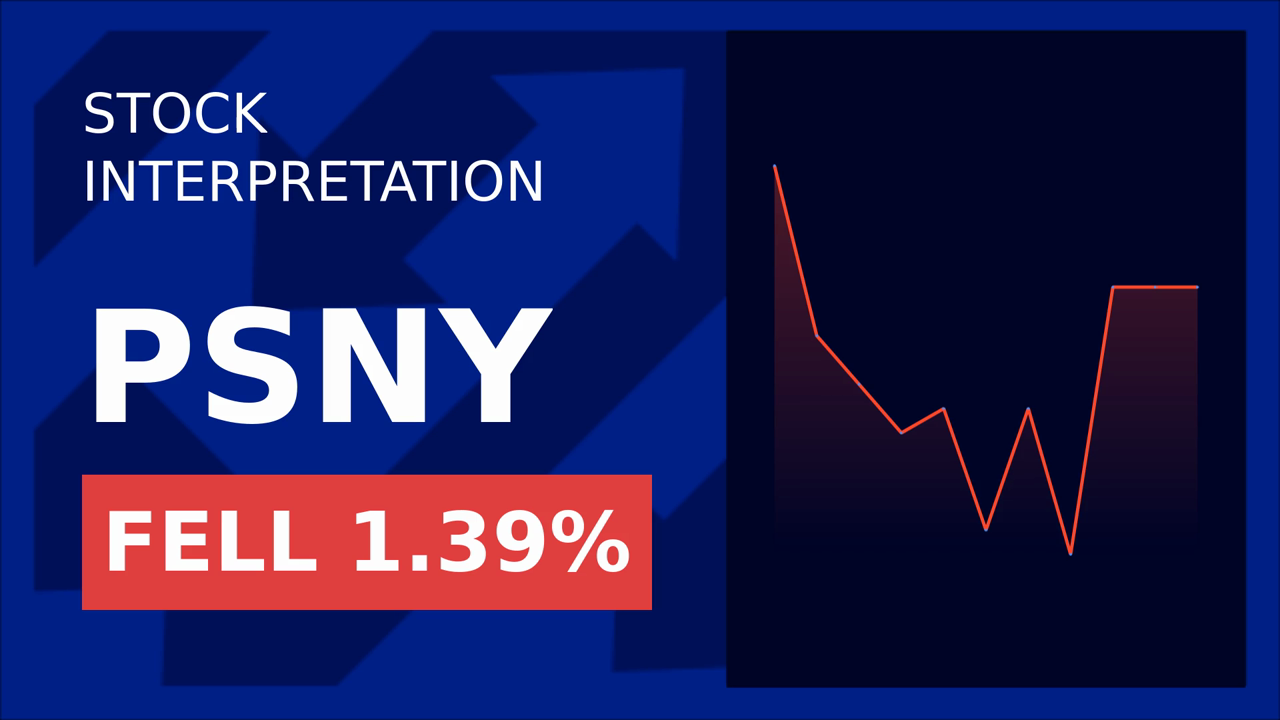Polestar Pauses 2025 Guidance Amid Tariff Headwinds and Regulatory Uncertainty
Polestar, the Swedish electric vehicle (EV) manufacturer, has stunned investors by pausing its 2025 financial guidance, citing “significant uncertainties” around international tariffs and regulatory shifts. The move, announced alongside a delayed annual report filing with the SEC, underscores the growing challenges EV companies face in navigating geopolitical tensions and trade policies. While Polestar reaffirmed its long-term sales growth targets, the decision to withhold near-term financial projections highlights risks that could derail its ambitious plans.

The Pause: A Cautionary Move or a Red Flag?
Polestar’s decision to pause 2025 guidance is a stark contrast to its earlier confidence. In 2023, the company projected retail sales growth of 30-35% annually through 2027—a target it reiterated despite the pause. However, the immediate uncertainty stems from U.S. tariffs on vehicles produced in China, which have forced Polestar to halt sales of its popular Polestar 2 sedan in the American market. This single model accounts for roughly 40% of Polestar’s global sales volume, according to 2023 data, making the tariff issue a critical vulnerability.
The company’s Q1 2025 sales of 12,304 units—a 76% year-over-year jump—suggest strong underlying demand. Yet this growth is uneven: Polestar’s shift toward higher-margin SUVs like the Polestar 3 and 4 (which now account for 60% of sales) has improved gross margin prospects. Still, the U.S. market remains a glaring weakness.
Navigating Regulatory and Geopolitical Crosscurrents
Polestar’s struggles are emblematic of the broader EV industry’s reliance on China’s manufacturing ecosystem. While the company plans to diversify production—launching the Polestar 5 GT in Europe and shifting some compact SUV production to the EU—it faces supply chain hurdles. For instance, the Ukraine-Russia conflict has disrupted battery material sourcing, while Middle Eastern geopolitical instability adds to energy cost pressures.
Moreover, Polestar’s climate goals—halving per-vehicle emissions by 2030 and achieving climate neutrality by 2040—are laudable but costly. These targets require heavy investment in sustainable manufacturing and battery technology, which could strain margins further.
The Bottom Line: Growth vs. Risk
Polestar’s pause in guidance isn’t entirely unwarranted. The EV sector is a minefield of macro risks: trade wars, inflation, and shifting consumer preferences. However, its operational progress is undeniable. The Q1 sales surge, driven by strong demand for its SUVs, and cost-cutting measures (which the company claims will save $150 million annually by 2026) provide a foundation for growth.
Yet investors must weigh this against the external headwinds. The U.S. tariffs alone could cost Polestar $200 million in lost revenue this year, based on 2024 sales data. Meanwhile, geopolitical risks—such as China’s retaliatory trade policies or EU carbon border adjustments—could amplify costs.
Conclusion: A Cautious Optimist’s Play?
Polestar’s pause in guidance is a prudent acknowledgment of the risks it faces, not a sign of collapse. The company’s Q1 sales growth (76% YoY) and margin improvements from its SUV lineup suggest it can navigate challenges in the short term. However, its long-term success hinges on resolving the U.S. tariff issue, diversifying production, and maintaining cost discipline.
For investors, Polestar’s stock—a volatile play on EV momentum—could be a high-risk, high-reward bet. While its valuation is far lower than peers like Tesla or Rivian, the path to profitability is fraught with regulatory and macroeconomic pitfalls. Those willing to bet on Polestar’s execution must monitor two key metrics: U.S. tariff resolution timelines and gross margin expansion in 2025. Without progress on these fronts, the pause in guidance may prove justified—and the stock’s current optimism may fade.
In short, Polestar’s pause isn’t a death knell, but a yellow flag. Investors should proceed with caution, eyes fixed on the road ahead.










